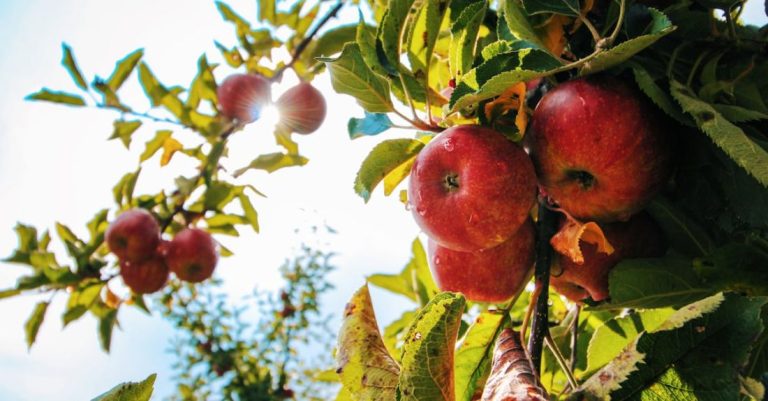
Transforming an Overgrown Garden into a Beautiful Oasis
Imagine stepping into your garden and being greeted by a lush, thriving paradise instead of an unruly jungle of overgrown plants and weeds. It may seem like a daunting task, but with the right approach and a bit of elbow grease, you can rejuvenate an overgrown garden and turn it into a serene outdoor sanctuary. By following some simple steps and guidelines, you can breathe new life into your neglected green space and create a haven for relaxation and enjoyment.
Assessing the Situation
The first step in tackling an overgrown garden is to assess the situation. Take a walk around your garden and make note of the areas that need the most attention. Identify which plants are thriving and which ones are struggling, as well as any invasive species that may have taken over. Understanding the current state of your garden will help you develop a clear plan of action for rejuvenation.
Clearing the Debris
Before you can start revitalizing your garden, you need to clear out the debris and overgrowth that has accumulated. Remove any dead plants, weeds, fallen branches, and other clutter that is obstructing the natural beauty of your garden. This initial cleanup will not only make it easier to work in the garden but also provide a clean canvas for your rejuvenation efforts.
Pruning and Trimming
Once the debris has been cleared, it’s time to focus on pruning and trimming your plants. Overgrown shrubs, trees, and bushes can be reshaped and rejuvenated with careful pruning. Remove dead or damaged branches, trim back overgrown foliage, and create a more structured and aesthetically pleasing look for your garden. Be mindful of the specific pruning needs of each plant species to ensure healthy growth and future blooming.
Weeding and Mulching
Weeds are a common nuisance in overgrown gardens and can quickly take over if left unchecked. Take the time to weed out unwanted plants and invasive species, making room for your desired flora to thrive. Once the weeding is done, consider adding a layer of mulch to help suppress future weed growth, retain moisture in the soil, and improve the overall appearance of your garden beds.
Revitalizing the Soil
Over time, the soil in an overgrown garden may become depleted of essential nutrients, hindering the growth of your plants. Revitalize the soil by adding organic matter such as compost or manure to improve its structure and fertility. Consider conducting a soil test to determine any deficiencies and adjust the pH levels as needed to create an optimal growing environment for your plants.
Replanting and Renovating
With the groundwork laid, it’s time to replant and renovate your garden with new choices of plants that suit your vision and the conditions of your outdoor space. Choose a variety of plants that complement each other in terms of height, color, and blooming seasons to create a harmonious and visually appealing garden. Incorporate perennials for long-lasting beauty and annuals for seasonal interest, adding diversity and texture to your garden beds.
Creating Outdoor Living Spaces
In addition to revitalizing the plant life in your garden, consider creating outdoor living spaces where you can relax and enjoy the beauty of your surroundings. Install a seating area, such as a patio or deck, where you can unwind and entertain guests. Add decorative elements like water features, sculptures, and lighting to enhance the ambiance of your garden and make it a welcoming retreat for all.
Maintaining the Beauty
Once you have rejuvenated your overgrown garden, it’s essential to stay on top of maintenance to ensure its long-term beauty and health. Regularly water, weed, prune, and fertilize your plants to keep them thriving and looking their best. By staying proactive in caring for your garden, you can enjoy the fruits of your labor and continue to reap the benefits of a beautiful outdoor sanctuary for years to come.
In conclusion, rejuvenating an overgrown garden may require time, effort, and dedication, but the rewards of transforming a neglected space into a vibrant oasis are well worth it. By following these steps and guidelines, you can breathe new life into your garden and create a sanctuary that brings joy and tranquility to your outdoor living experience. With a little creativity and patience, you can turn your overgrown garden into a beautiful haven that you will cherish for years to come.





